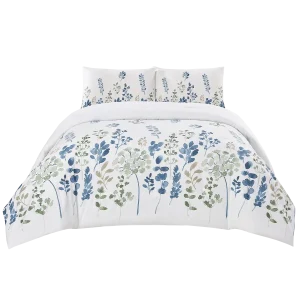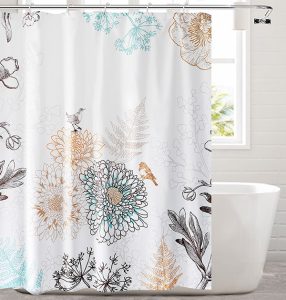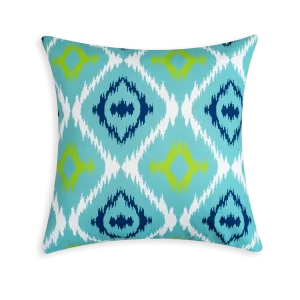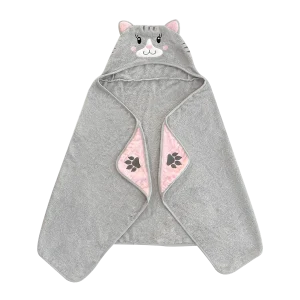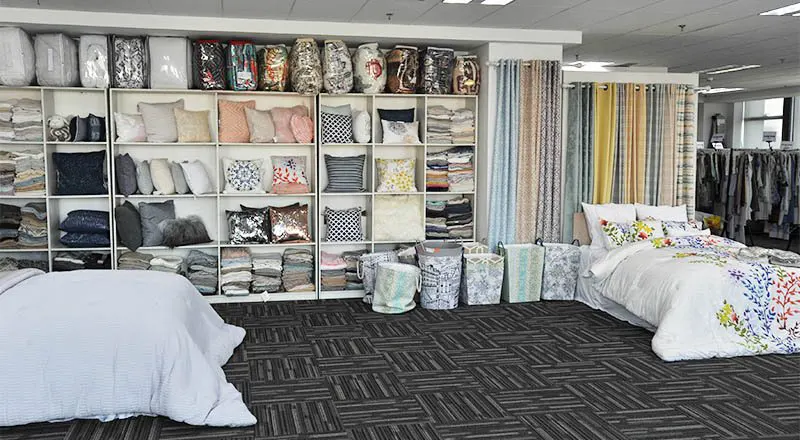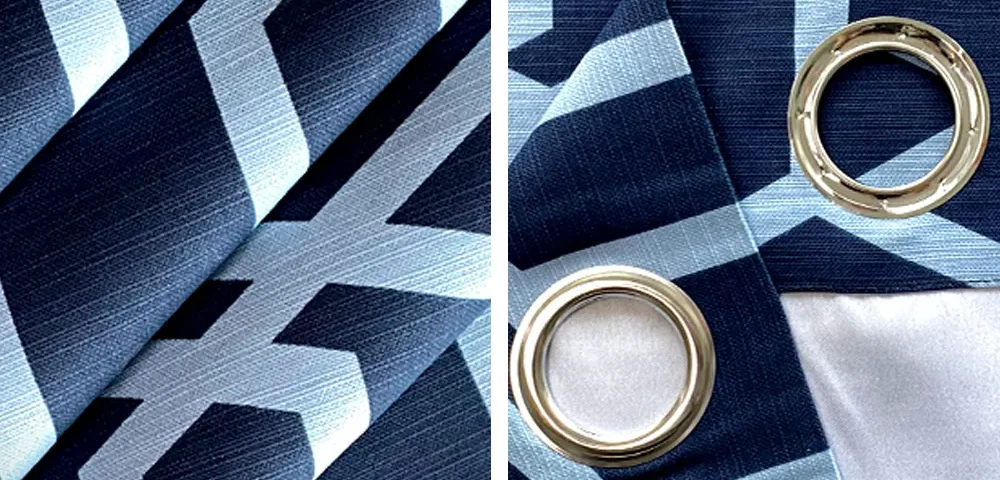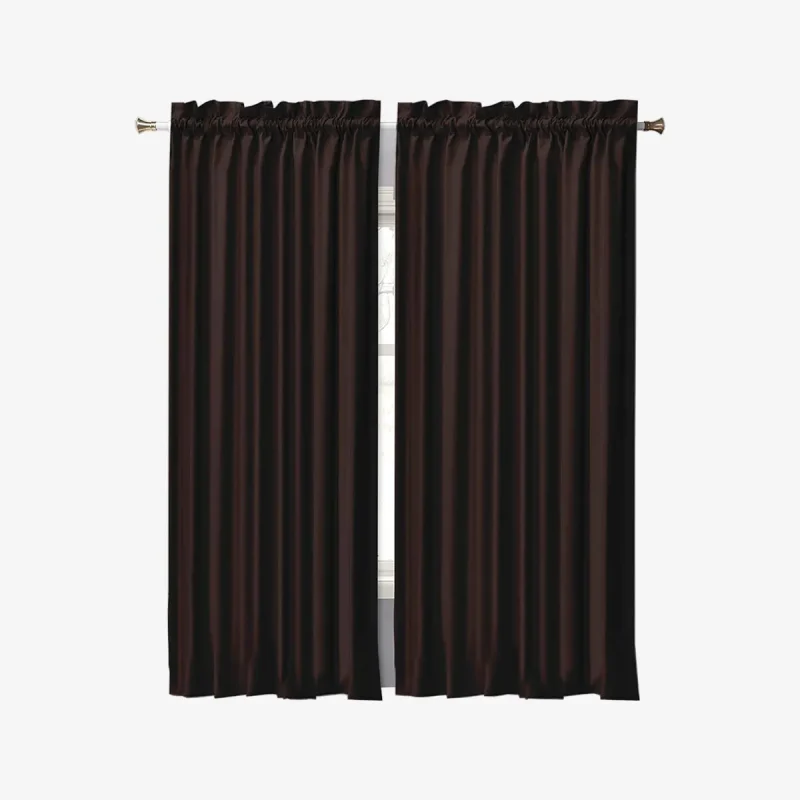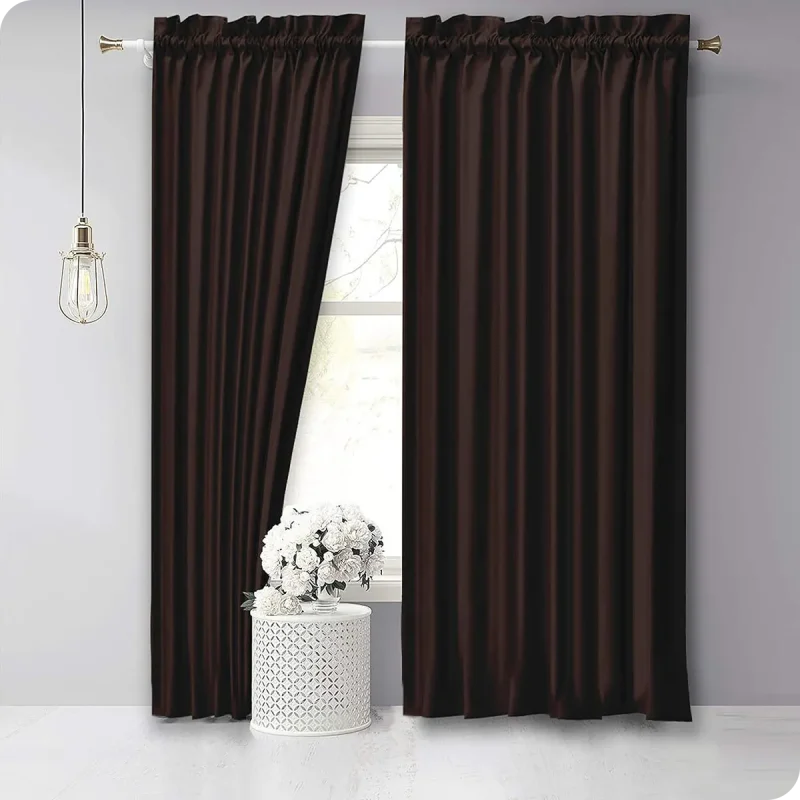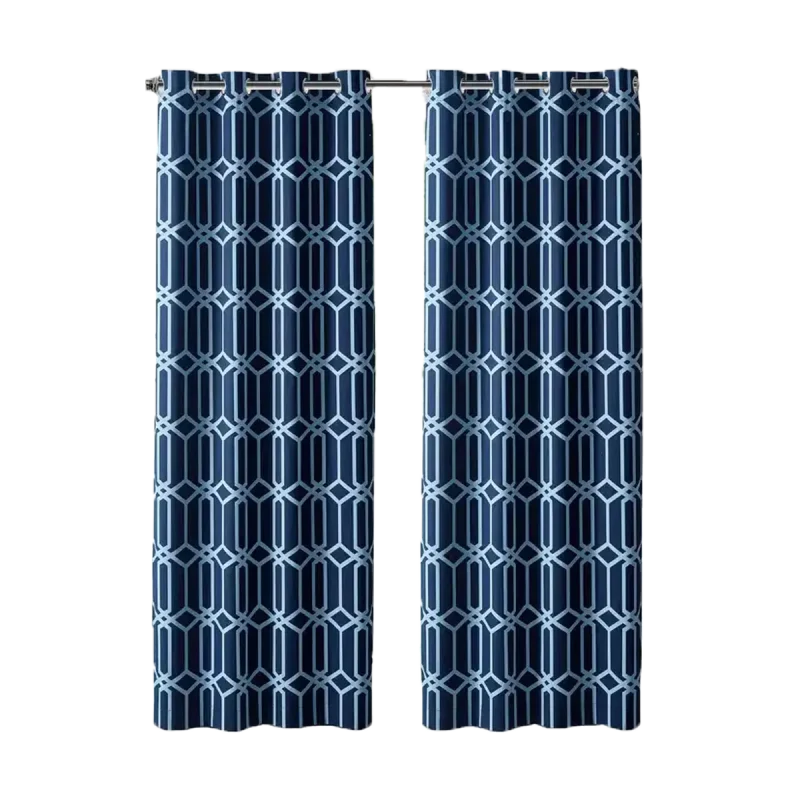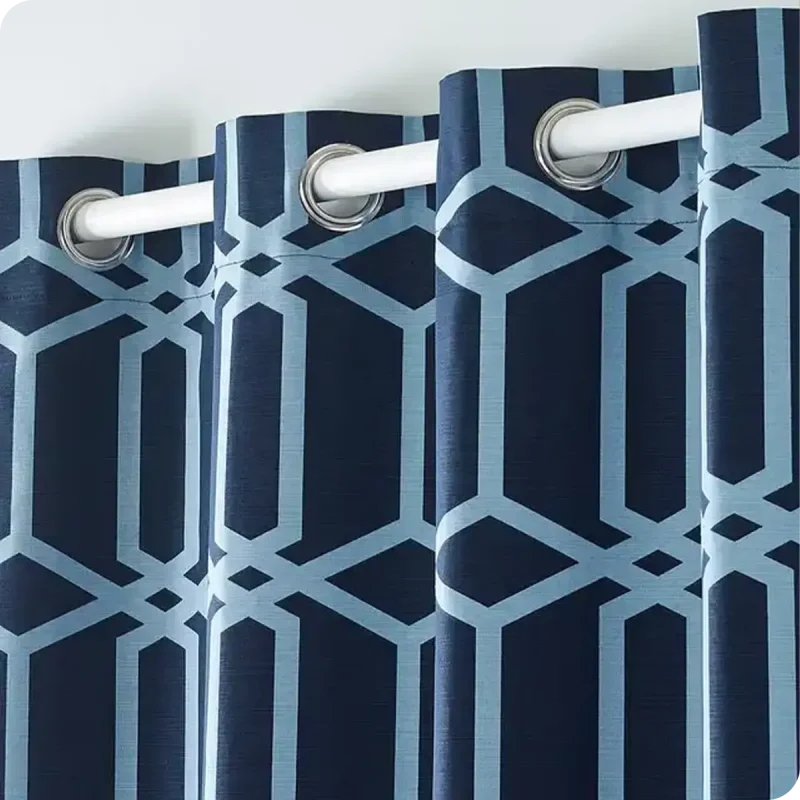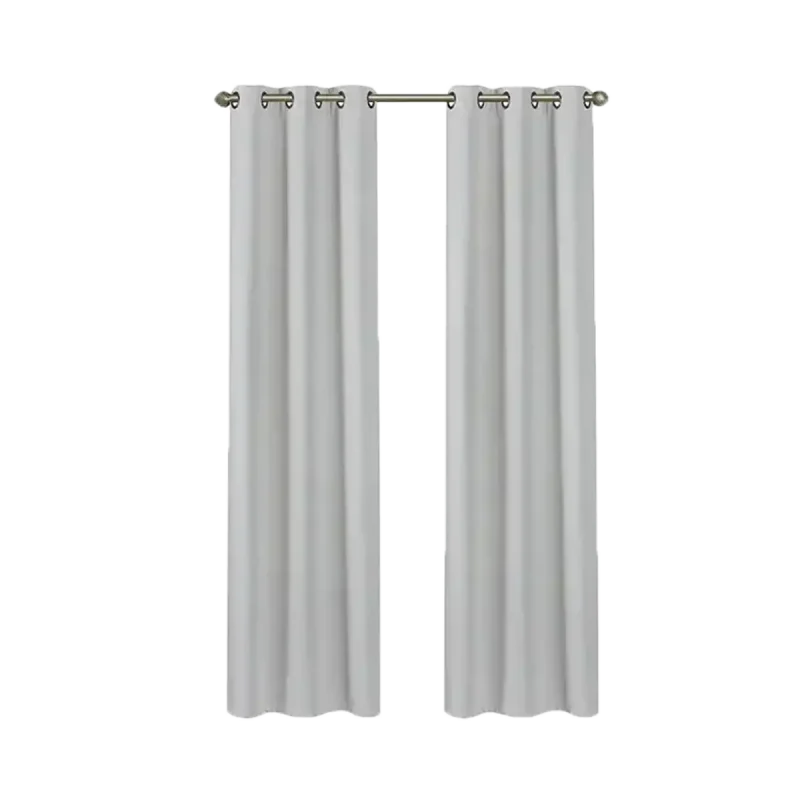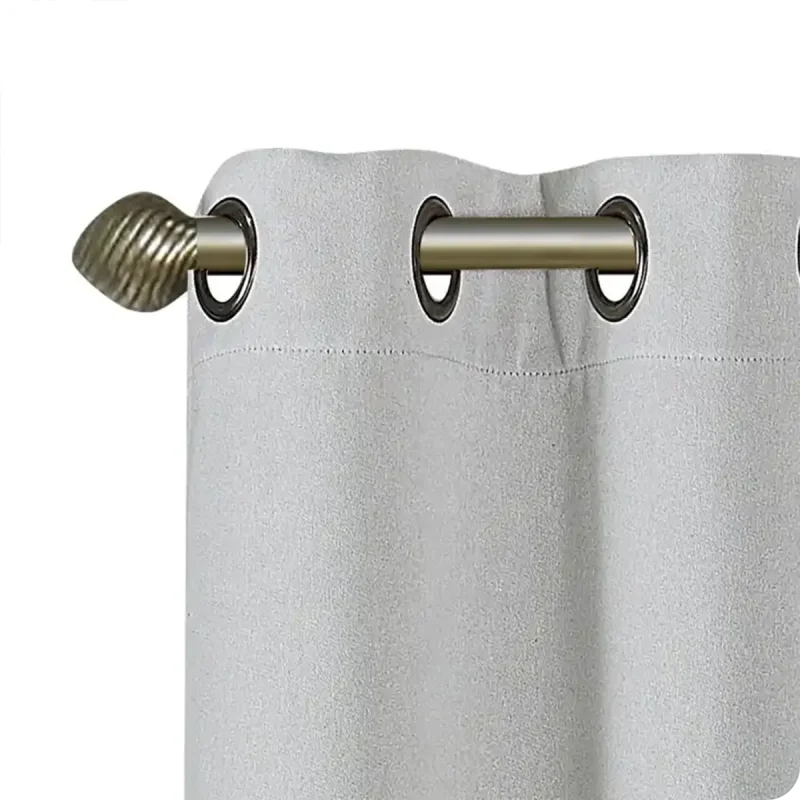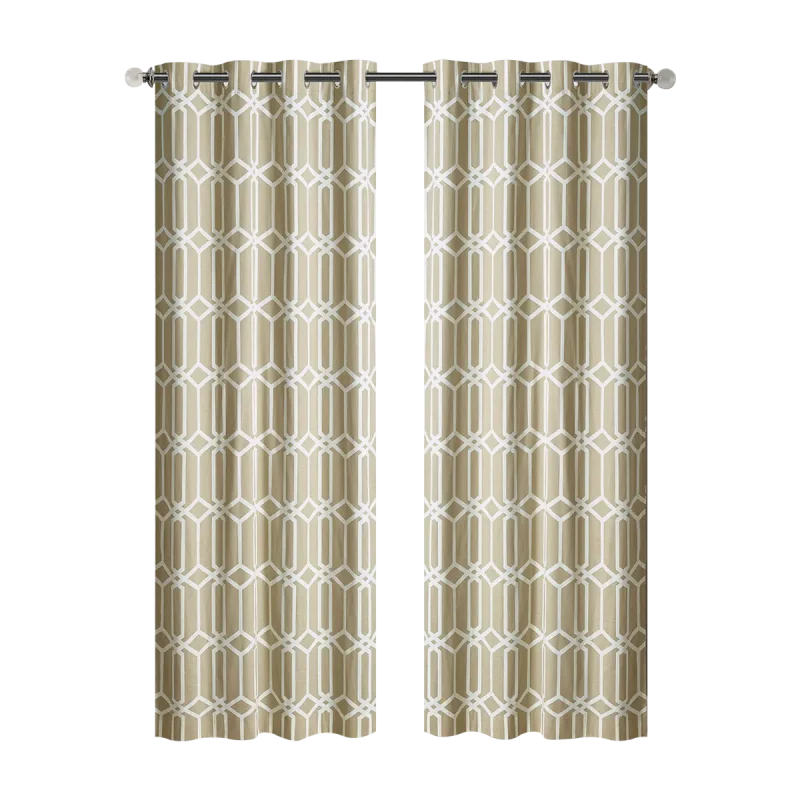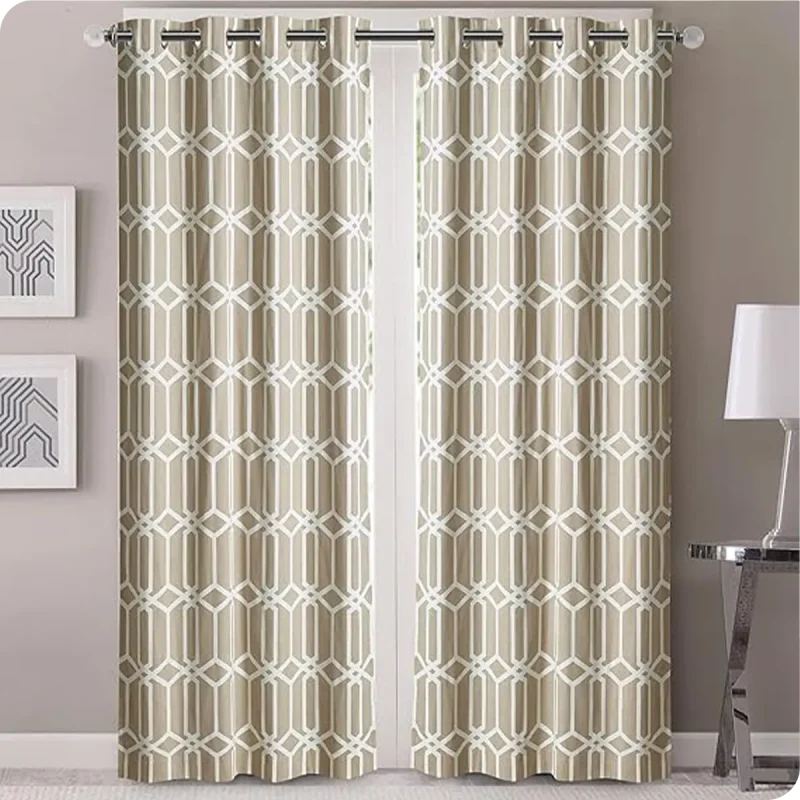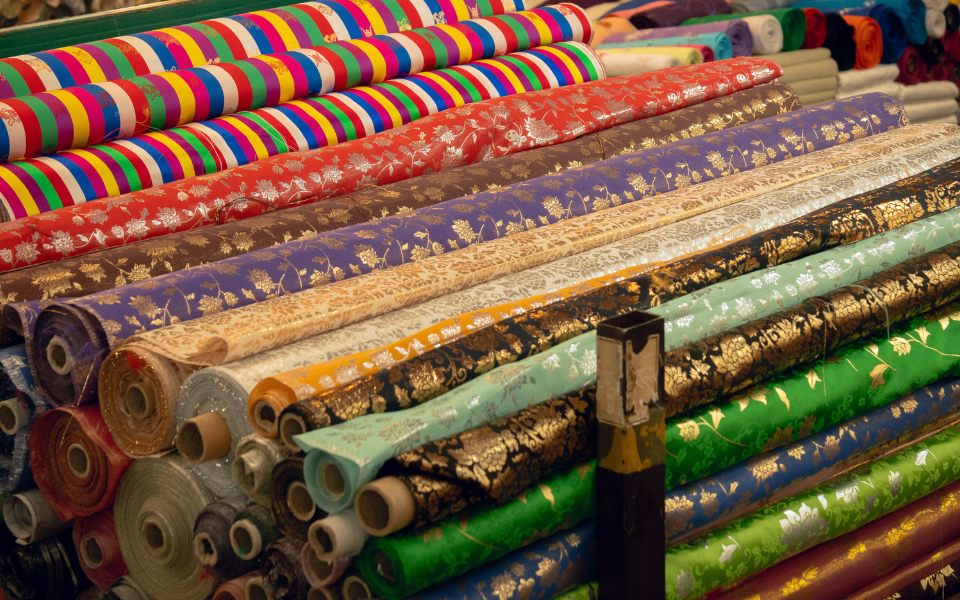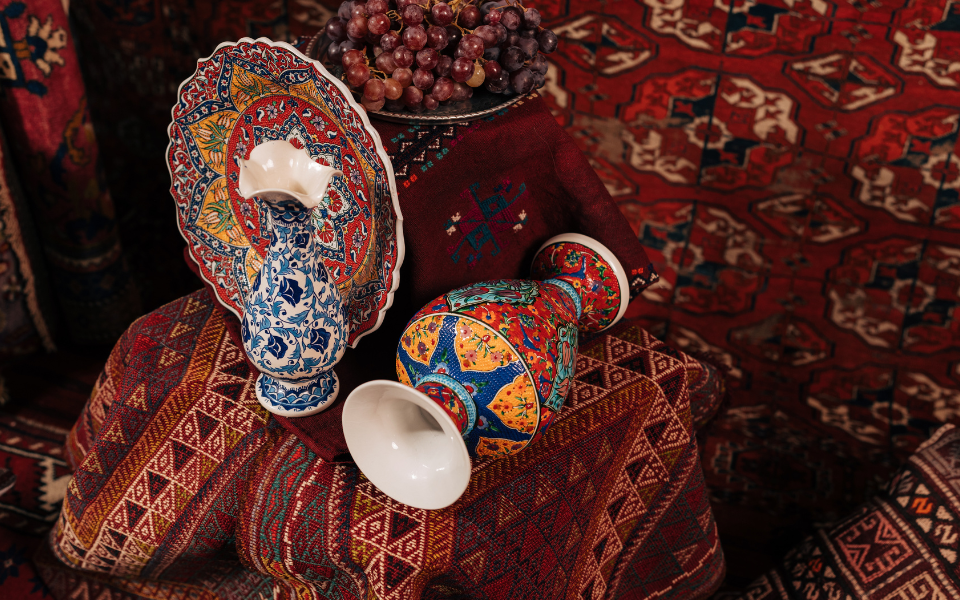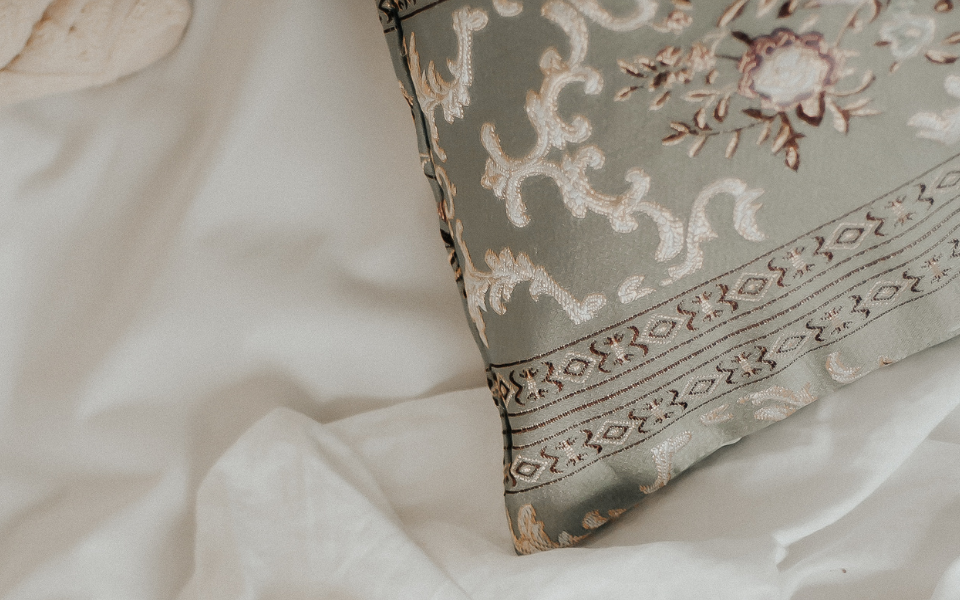
7 Best Care Practices for Kids Bedding and Towels: Washing and Drying Tips
October 17, 2023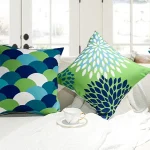
The Art of Throw Pillow Decor: Insights from Experts
October 27, 2023History
The history of curtains can be traced back to ancient civilizations. The use of curtains for shading and decorating windows existed in ancient Egypt and Greek cultures. In the Middle Ages, curtains became a symbol of European aristocracy, often made from expensive fabrics and ornaments, displaying the family’s wealth and status.
As time progressed, the design and manufacturing techniques of curtains continued to evolve. During the Industrial Revolution, with the advancement of the textile industry, curtain production became more standardized, and ordinary households also began using curtains for privacy, sun protection, and room decoration.
Since the 20th century, curtains have diversified in materials and styles, ranging from traditional fabrics to modern synthetic fibers, bamboo products, and metal materials. Additionally, the functionality of curtains has expanded. In addition to shading, privacy, and room decoration, modern curtains can also have features like soundproofing, insulation, and dust prevention.
Curtains come in various types to meet different needs and decorative styles. Here are some common types of curtains:
- Regular Curtains: Regular curtains are the most basic type, usually made of fabric, used to block sunlight and increase privacy.
- Roman Blinds: Roman blinds are curtains that can be folded up, forming horizontal pleats when retracted and lying flat when extended.
- Venetian Blinds: Venetian blinds consist of rotatable horizontal slats or vanes, allowing control over the amount of light entering.
- Vertical Blinds: Similar to Venetian blinds, but the slats are vertical, often used for large windows or sliding doors.
- Panel Curtains: Panel curtains are flat curtains made of rigid materials, offering privacy and easy cleaning.
- Blackout Curtains: These curtains are specially designed to completely block out light, often used in bedrooms or spaces where complete darkness is needed.
- Sheer Curtains: Sheer curtains are light and translucent, usually made of transparent or semi-transparent fabric, allowing natural light and air circulation.
- Café Curtains: Café curtains are hung from the middle of a window, covering only the bottom half, offering privacy while allowing light in.
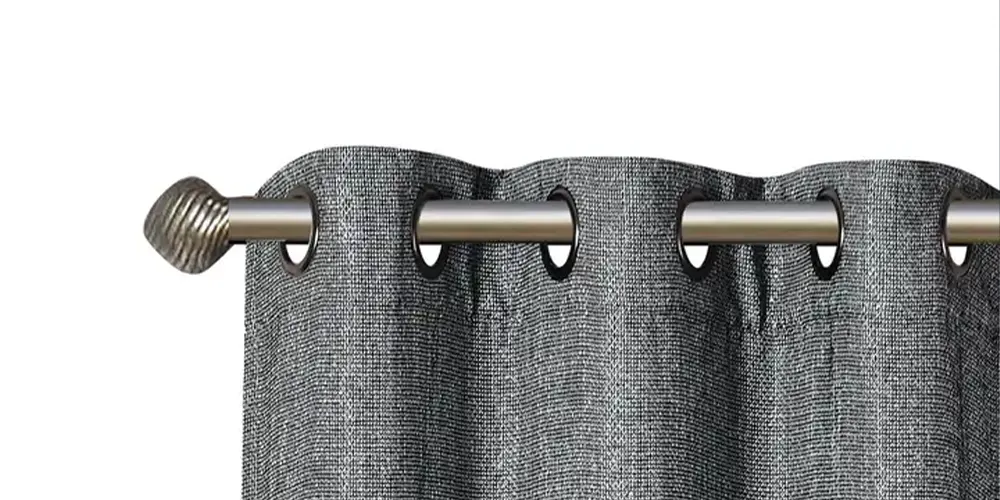
What are the Accessories for Curtains?
Curtains come with various accessories, including:
- Curtain Rods: Supports used for hanging curtains.
- Curtain Rings: Circular devices that hang curtains on the curtain rod.
- Curtain Hooks: Small hooks used to connect curtains and curtain rings.
- Curtain Tiebacks: Decorative buttons or straps used to hold curtains in place on one side.
- Curtain Brackets: Wall-mounted brackets that support the curtain rod.
- Curtain Cords: Ropes used for manually operating the opening and closing of curtains.
- Curtain Tracks: Tracks mounted for hanging curtains, allowing them to slide open and closed.
- Curtain Linings: Additional linings inside curtains to enhance blackout, thermal, or privacy properties.
- Curtain Headers: Decorative designs at the top of curtains, often with pleats or other adornments.
- Curtain Clips: Clips used to secure curtains to curtain rings.
- Curtain Tiebacks: Ropes used to hold curtains in place on one side, often adorned with decorative tassels.
What to Consider When Installing Curtains?
- Measurements: Before installing curtains, accurately measure the width and height of the window. This ensures the selected curtain size fits the window properly.
- Appropriate Mounting Height: Determine the mounting height of the curtain rod; typically, it should be at least 2 feet (60 centimeters) above the ground. However, this also depends on the window’s height and personal preference.
- Choose the Right Rod and Brackets: Ensure the selected curtain rod is sturdy enough to bear the weight of the curtains. The number of brackets should also be sufficient to ensure the stability of the curtain rod.
- Select Suitable Installation Method: Curtains can be installed using various methods, including curtain rods, curtain tracks, or curtain rings. Choose the installation method that suits the curtain style and window structure.
- Use Proper Tools and Materials: Ensure you use appropriate tools such as a screwdriver, electric drill, etc., and suitable installation accessories like expansion screws or wall anchors.
- Consider Curtain Length: The length of the curtains should be moderate, not too long or too short. Typically, the bottom of the curtains should be about 1 to 2 inches (2.5 to 5 centimeters) above the ground.
- Regular Inspection and Maintenance: Regularly inspect the curtain installation, ensuring screws are tightened, avoiding sagging or falling curtain rods.
- Follow Manufacturer’s Guidelines: Always follow the installation guidelines provided by the manufacturer. This ensures the curtains are installed correctly, safely, and securely.
When installing curtains, if you are unsure or encounter difficulties, it is advisable to seek professional help to ensure the curtains are installed correctly, aesthetically, and safely.

